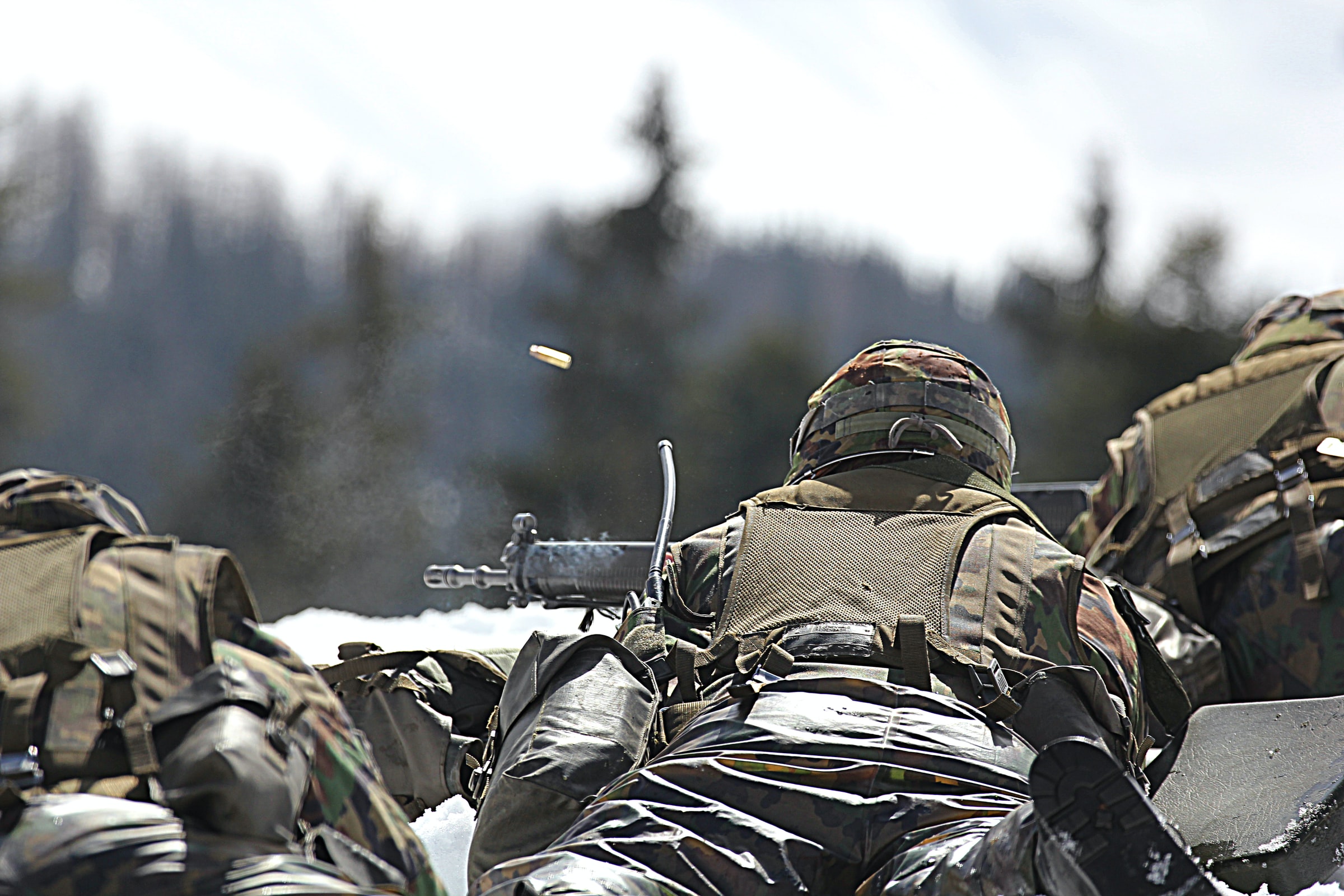Manufacturing Process of a Body Armor Panel

Some body armor vests are usually customized to fit the unique requirements and dimensions of the wearer. However, most of them conform to the usual standards for safety and are available in standard clothing sizes (such as 38 long and 32 short) and are sold in quantity.
The Panel Cloth
Kevlar is an essential material in the production of body armor vests. One of the most critical components of Kevlar, called “poly-para-phenylene terephthalate” has to be manufactured in a laboratory. The molecules must go through a procedure known as “polymerization”, which joins them into longer chains. The process produces a crystalline liquid that contains polymers in the form of rods. These rods are then extruded into Kevlar yarn using a spinneret, which is a small metal plate with microscopic pores and resembles a shower head. After that, the Kevlar fiber goes into a chilling bath, which gives it an additional strengthening boost. After receiving a light mist of water, the synthetic fiber is wound up into a roll.
The throwsters will next twist the yarn into a form that is suitable for weaving after the Kevlar mill has delivered the fiber to them. To create Kevlar fabric, the yarns are woven in a plain or tabby weave; the most basic type of weaving pattern. In this pattern, the threads interlace over and beneath one another repetitively.
Some body armor vest manufacturers use spectra vests in contrast to Kevlar vests. Spectra vests are typically not woven. Instead, strands of strong polyethylene polymer are spun into fibers, and then the fibers are laid parallel to one another. The production of Spectra fabric begins with the coating of fibers in a resin, followed by the lamination of the resulting sheet. The nonwoven fabric that is produced as a result of gluing two of these sheets together at right angles is then utilized in the process of fabricating a sandwich out of two layers of polyethylene film. At this point, they begin to cut the form of the vest out of the fabric with a pair of scissors.
For more articles, please click here.